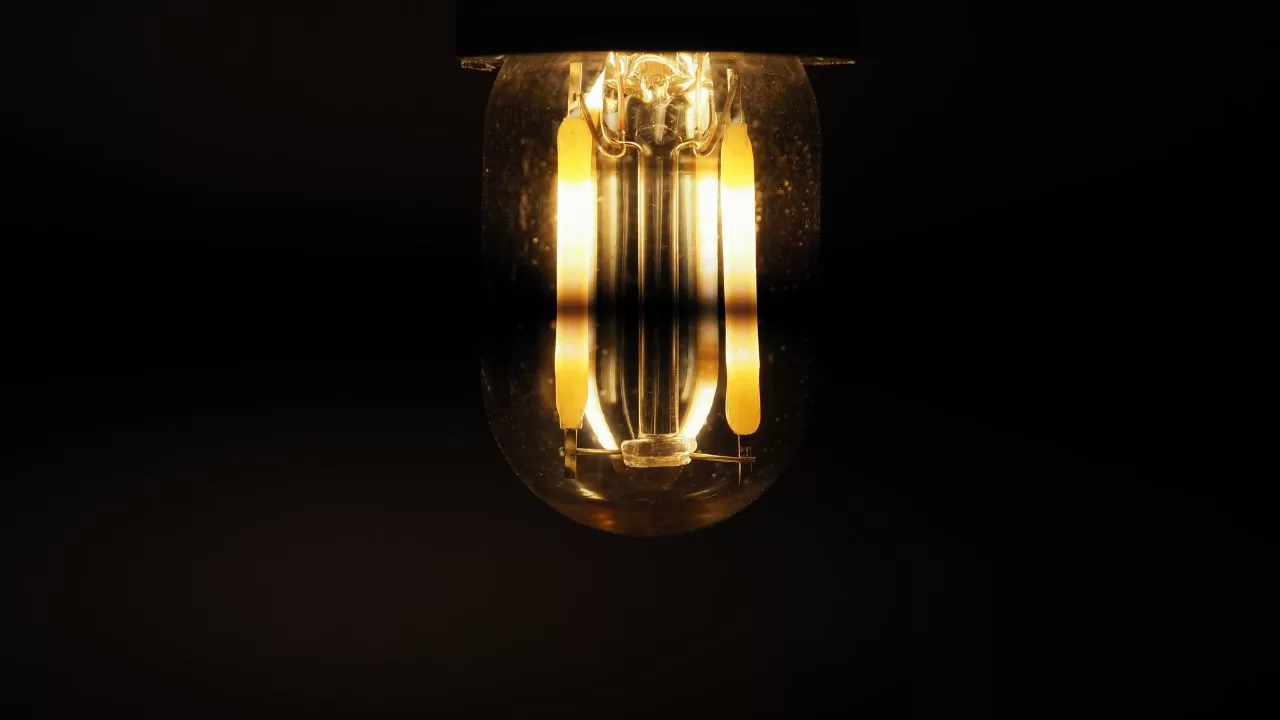A flickering light might look harmless, but it can ruin a room’s mood, strain your eyes, and hint at bigger electrical problems. If your LED downlights or bulbs keep flashing, blinking, or strobing, you’re likely asking one simple question: why do LED lights flicker, and how do I stop it?
This guide breaks the problem down in plain English. You’ll learn what causes lights to flicker, when flickering is dangerous, and the quickest fixes you can try today. We’ll focus on the most common situations—LED downlights flickering with no dimmer, single LED bulbs flickering, and whole-room light flicker.
What Does “Flickering” Really Mean?
Flickering happens when a light’s brightness changes rapidly. Sometimes you see a sharp flash. Other times the change is subtle and only shows up on camera. In either case, the root issue is inconsistent power reaching the LED driver or the LED chip itself.
Top Reasons LED Lights Flicker
Below are the usual suspects, ranked from “most likely” to “call an electrician now.”
1. Incompatible Dimmer Switch
Older dimmers were built for incandescent bulbs, not LEDs. When a non-LED dimmer sends a chopped-up voltage wave to an LED, the result is LED flashing or low-level buzzing.
Fix: Replace the switch with an LED-compatible dimmer rated for the wattage of your lights. Look for markings like “trailing-edge” or “ELV” on the packaging.
2. Loose or Poor Connections
A loose wire, half-seated bulb, or wobbly terminal can interrupt power in microseconds—just enough to create a visible flicker.
Fix:
- Turn off the breaker.
- Gently tighten bulb bases and terminal screws.
- If the problem returns, schedule a professional inspection.
3. Cheap or Aging LED Bulbs
Low-quality LEDs often skimp on proper drivers. Over time, heat breaks these drivers down, and the bulb starts flickering.
Fix: Swap one suspect bulb for a premium, flicker-free model. If the new bulb stays steady, you’ve found the culprit.
4. Voltage Fluctuations on the Circuit
Refrigerators, heat pumps, or even workshop tools draw heavy startup current. That quick dip in voltage can send lights flickering throughout the room.
Fix: Move the LED fixture to a dedicated circuit, add a surge suppressor, or have an electrician balance the household load.
5. Faulty LED Driver or Transformer
Recessed downlights and some ceiling fixtures rely on remote drivers. A failing driver loses its ability to deliver stable current, leading to downlights flickering or rapid “on-off” cycles.
Fix: Verify the driver’s output rating matches the lamp’s input needs. Replace mismatched or failed drivers with manufacturer-approved parts.
6. Overloaded or Damaged Wiring
If several heavy loads share one run of wire—especially in older homes—the cable might heat up, its resistance changes, and lights begin to strobe. Frayed insulation can make matters worse.
Fix: This is a safety red flag. Bring in a licensed electrician to test the wiring and, if needed, install new circuits or upgrade panel capacity.
LED Downlights Flickering—Even Without a Dimmer?
Recessed LED fixtures sometimes flash even when no dimmer is present. The main triggers are
- Loose push-in connectors hidden in the ceiling cavity
- A driver mounted too close to roof insulation, causing overheating.
- Long daisy-chain wiring runs that create voltage drop
Quick Checklist:
- Pop out one flickering downlight and test it on a countertop with a spare power lead.
- If it runs fine outside the ceiling, the wiring or driver is to blame.
- Replace push connectors with screw terminals for a firmer grip.
Are Flickering LED Lights Dangerous?
Yes and no. Minor flicker from a poor-quality bulb is mostly annoying. Intermittent flicker due to loose wiring can cause arcing, which raises fire risk. Here’s how to tell the difference:
| Sign | Likely Severity | Action |
|---|
| Only one bulb flickers; swap fixes it | Low | Replace bulb |
| Whole room flickers with appliances | Medium | Check circuit load |
| Sparks, burning smell, or hot switchplate | High | Cut power, call electrician |
When in doubt, treat unexplained flickering as a hazard until a professional rules it out.
Why Do LED Lights Flicker on Camera?
Your phone records video at a certain frame rate (30 fps is typical). Many LEDs refresh power at 100 or 120 Hz. If the two frequencies clash, the sensor captures dark bands, making the light appear to flicker.
Fix: Choose “high-frequency” or “flicker-free” LEDs, or switch your camera to 60 fps to align with the light’s refresh rate.
Step-by-Step Guide to Stop Flickering Fast
– Swap the Bulb : Put a known-good LED bulb in the fixture. If flicker stops, you’re done.
– Bypass the Dimmer : Temporarily wire the circuit without the dimmer. A steady glow means you need an LED-rated dimmer.
– Tighten Everything : Turn off power, snug terminal screws, and ensure every push connector “clicks.”
– Reduce Circuit Load : Unplug large appliances or move them to a different breaker. Check if lights stabilize.
– Test the Voltage : Use a multimeter. Readings that swing more than ±5 % signal a supply problem.
– Replace Drivers or Transformers : LED downlight flicker often ends once a failing driver is swapped out.
– Call an Electrician : If flicker remains, wiring or panel capacity is likely involved.
How to Prevent Flickering in the Future
- Buy quality LEDs—look for “flicker-free” labels.
- Match dimmers and bulbs—only use dimmers certified for LEDs.
- Keep drivers cool—allow airflow around recessed fixtures.
- Balance the load—spread high-draw appliances across different circuits.
- Schedule yearly checkups—older houses benefit from routine electrical inspections.
When to Replace the Fixtures Altogether
If your LEDs are older than five years and showing flicker plus dimming or color shift, replacement is often cheaper than chasing repairs. Newer downlights are more efficient, last longer, and come with built-in drivers that resist voltage swings.
Conclusion
Flickering LED lights can turn a cozy space into a headache. Fortunately, most causes—old dimmers, loose connections, cheap bulbs—are simple to fix once you know where to look. Start with easy swaps, follow the troubleshooting steps, and don’t ignore warning signs of unsafe wiring. When needed, bring in a licensed electrician to keep your home bright and worry-free.
Frequently Asked Questions
Why do LED lights flicker without a dimmer?
Voltage dips, cheap drivers, or loose wiring are common causes.
Are flickering LEDs harmful to my eyes?
Long exposure can trigger eye strain and headaches. Fix the issue to stay comfortable.
Why do my LED downlights flicker only at night?
Nighttime usage often overlaps with other home loads. Voltage drop becomes more noticeable.
Do LED bulbs flicker before they burn out?
Yes—driver failure or degraded components can cause pre-failure flicker.
How can I tell if flickering is dangerous?
Look for heat, sparks, or a burning smell. These need immediate attention.
Will adding more lights to a circuit cause flicker?
It can. Overloading a breaker lowers voltage stability.
Why do my lights flicker when the air conditioner starts?
The air conditioner draws a high startup current, briefly reducing voltage to the lights.
Can I fix flickering lights myself?
You can replace bulbs and dimmers, but complex wiring fixes require a professional.
What’s the best bulb to stop flickering on camera?
Choose high-frequency, flicker-free LEDs labeled 4 kHz or higher.
How often should I check my lighting circuits?
Test annually and any time you remodel or add major appliances.






